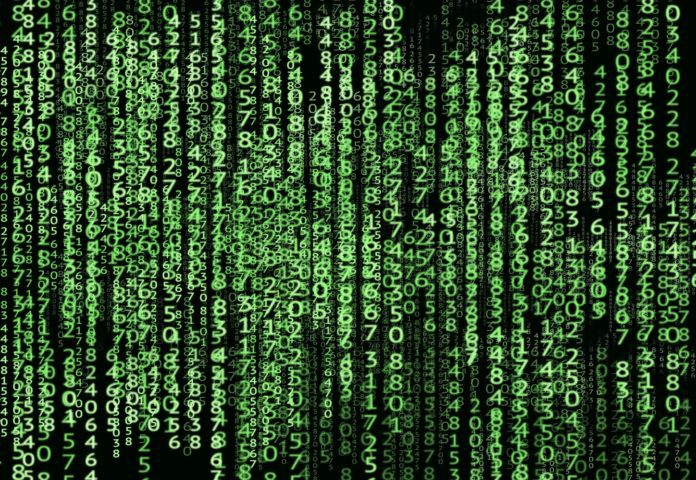Enterprise networks store massive amounts of data across users and devices. Some of these data sets are unique to each user and machine, while others can be found several times over. What happens to this duplicate data when your systems back up your data to centralized network storage disks? Unless you apply data deduplication to your data backup process, those redundant data sets will be transferred and take up storage space.
Data deduplication is the solution for optimizing both your data and your storage. It is a process, associated with the backup and storage of data, in which your data is broken down and analyzed to determine where redundant segments of data live and whether or not they need to be backed up to your server. Read on to learn more about how data deduplication works and how it can benefit your enterprise’s network storage.
Read Next: Best Server Virtualization Software of 2021
Data Deduplication in Your Network
- Target vs. Source Deduplication
- How Does Data Deduplication Work?
- The Benefits of Deduplication for Your Network
Target vs. Source Deduplication
The main types of data deduplication are target-based and source-based. Both have their different advantages and disadvantages in approach, but they share one common goal: stopping duplicate data from making it to your storage disks.
Target Deduplication
Target deduplication is the most commonly used form of deduplication and requires outside hardware to bridge the gap between your data sources and backup servers. The deduplication process does not happen on the source device, but instead happens as the data gets transferred to the hardware and then to the backup server.
- Advantage: Specialized hardware improves deduplication performance, ensuring accuracy and efficiency across your data sets.
- Disadvantage: Improved deduplication performance comes with the price of increased bandwidth use.
Source Deduplication
With source-based deduplication, duplicate chunks of data are identified in the original data set location, or at the source of the data. With this approach, duplicate data has already been identified and removed before it is processed by your backup servers.
- Advantage: Less bandwidth is required to deduplicate data at the source.
- Disadvantage: This approach often requires you to replace your backup system in order for it to perform optimally.
Read Next: The Ultimate Guide To Server Management Software
How Does Data Deduplication Work?
All of your data is split into chunks, or individual blocks of data that make up the data collection as a whole. These chunks each have unique identifiers, or hashes, when they’re translated for the storage system.
When you change small features in a chunk, like one sentence in a document or one slide on a slide deck, the hash code changes. Even if the new data is almost identical to the original content, their hashes will be different, so your backup server will recognize the new data as unique.
So why is the chunk and hash process behind data deduplication so effective? Let’s look at this example:
If a user has a slide deck saved to their computer’s hard drive, but then they share that slide deck with 20 coworkers via email, any coworker that downloads that slide deck will have the exact same slide deck data saved on their computer. Their individual computer hard drives are not overburdened with duplicate data, but when a network backs up all of their data, each of those 21 instances of the slide deck could be backed up and take up unnecessary extra space on the storage disk.
With data deduplication, each user’s saved slide deck will read as the same chunk or hash, unless they make changes to the slide deck that adjust its identity. When your backup server reads 21 hashes that are identical, it will only back up the one, and may even compress that instance of the data. The process of data deduplication saves lots of storage space in the long run by reading and recognizing duplicate hashes.
More on Servers and Deduplication: Storage Technology Addresses Needs in Tough Times
The Benefits of Deduplication for Your Network
Deduplication cleans up your data behind the scenes, so your users and devices can continue to work and save their data as they normally would while your servers and hardware remove redundant data at the network level. This practice of data deduplication ultimately decreases the storage capacity your network needs for a data backup, which translates to decreased storage spending. Saving financial resources in the area of enterprise network storage opens up these resources for other network optimization needs.
Deduplication is a small practice within the scope of data backup and storage, but its efficiencies benefit your network and its users as a whole. In a worst-case scenario where your organization steps into disaster recovery mode, your network’s administrators will have less irrelevant data to sort through and retrieve when thousands of duplicate data sets aren’t taking up space in your storage system. In both daily routines and states of emergency, data deduplication optimizes your storage setup, which sets your business up for long-term visibility and stability.
Deduplication is just one key feature that you should look for in your cloud backup and storage software. You should also consider features like scalable storage, file recovery and versioning, external drive backup, and mobile access. Not sure what software to select, or do you need to upgrade in this area? Check out TechnologyAdvice’s Cloud Storage and Backup Selection Tool.



